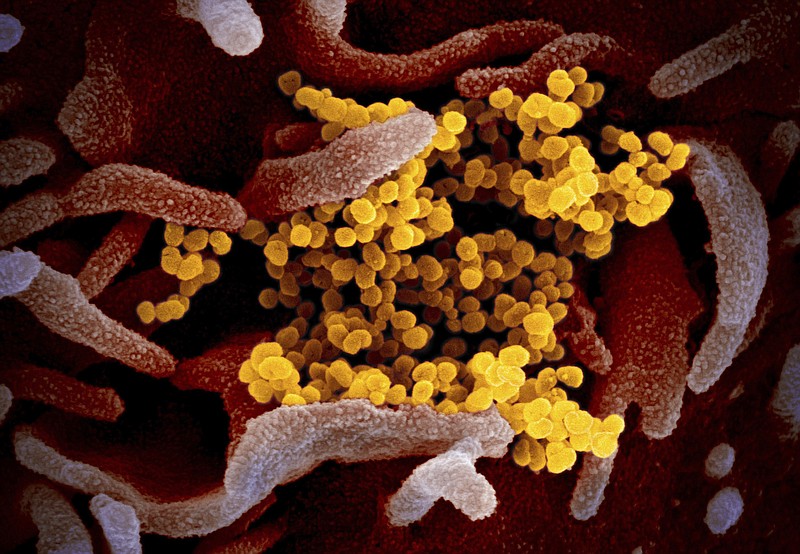Pandemic describes the worldwide spread of an infectious disease. The current coronavirus pandemic began late last year in Wuhan City, China, where bats, a reservoir of coronaviruses, infected wild animals, which were on sale at a popular market. These animals became the intermediaries for infecting people. Because of an interval of days to weeks between infection and symptoms, the disease spread widely from Wuhan, a commercial and transportation center of 11 million residents, before public health officials learned of it. China responded by isolating Wuhan and other metropolitan areas to which the disease had spread.
Currently, the disease has been reported in 60 countries on every continent except Antarctica. The World Health Organization declared the outbreak "a public health emergency of international concern."
Coronaviruses constitute a large group of viruses that may infect a variety of animals but seldom jump to our species. The outbreaks of Severe Acute Respiratory Syndrome (SARS) in 2003 and Middle Eastern Respiratory Syndrome (MERS) in 2012 were both due to novel coronaviruses. Both diseases featured high mortality rates. Both were contained by aggressive, coordinated, international efforts.
Because the current pandemic coronavirus is genetically related to the SARS virus, the international agency that names pathogens assigned to the virus the official title: SARS-CoV-2. The term for the disease caused by this virus is COVID-19.
COVID-19 is spread from person to person by respiratory droplets from coughs, sneezes and close personal contact. Droplets may infect objects and surfaces such as tables and countertops. Viruses can be transmitted hand to face to mouth, nose and eyes.
Precise diagnosis depends upon tests of sputum or blood.
Once infected, a person may not develop symptoms for up to two weeks. He may spread the virus to others during this interval. This complicates the tracking of contacts.
Initial symptoms are cough, congestion and fever of varying severity. Most infected persons will recover without complication within two weeks. In 15 to 25% of patients, the infection will progress to pneumonia affecting both lungs. One to 2% of persons infected with COVID-19 will die from severe pulmonary involvement. Older persons and individuals with pre-existing heart, lung and immune disorders are more vulnerable to complications.
Everyone found to be infected with COVID-19 must be isolated. Contacts with known patients also must undergo isolation for up to two weeks.
LEARN MORE
The best source for accurate, up-to-date information can be found at https://www.cdc.gov/coronavirus/2019-ncov/index.html.
There currently is no approved treatment for COVID-19. A therapeutic trial with remdesivir, an antiviral agent used in outbreaks of Ebola virus, is underway. Efforts to develop a vaccine have begun. Production and testing of a vaccine will require months to a year.
Preventive measures are essential:
* Wash hands frequently with soap or an alcohol-based disinfectant for at least 20 seconds.
* Avoid contact of hands with mouth, nose and eyes, especially after contact with anyone with flu-like symptoms.
* Replace handshakes with elbow bumps.
* Cover mouth and nose with a tissue when coughing or sneezing and then carefully dispose of the tissue.
* Clean tables, countertops, and other surfaces, including handles on grocery store carts, with which you come into contact with alcohol-based disinfectants.
* Remain at home and avoid public contact if experiencing symptoms of upper respiratory infection.
* If possible, avoid travel to regions where COVID-19 outbreaks have occurred.
* If you develop cough and fever following travel to an area where an outbreak has occurred, notify your health care provider. Contact him promptly should you experience shortness of breath or worsening fever in the context of a respiratory infection.
* If you leave home for a medical evaluation of respiratory symptoms, wear a mask to limit dispersal of your respiratory droplets.
Contact Clif Cleaveland at ccleaveland@timesfreepress.com.
